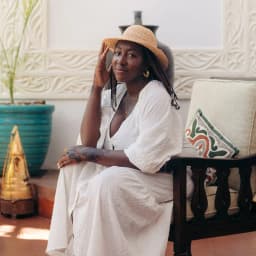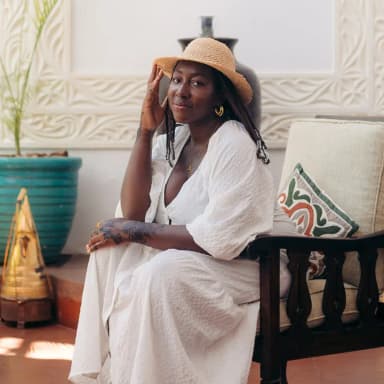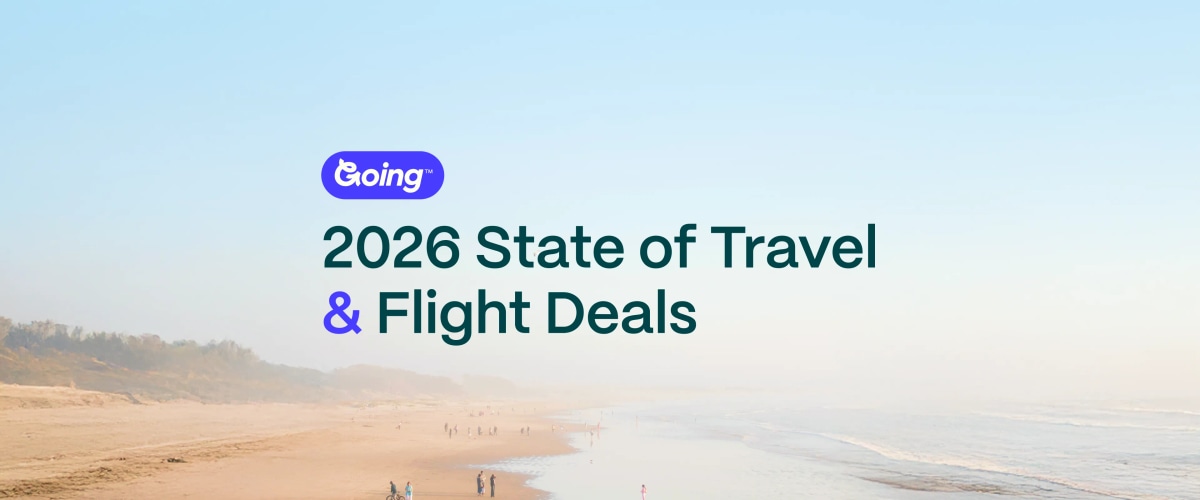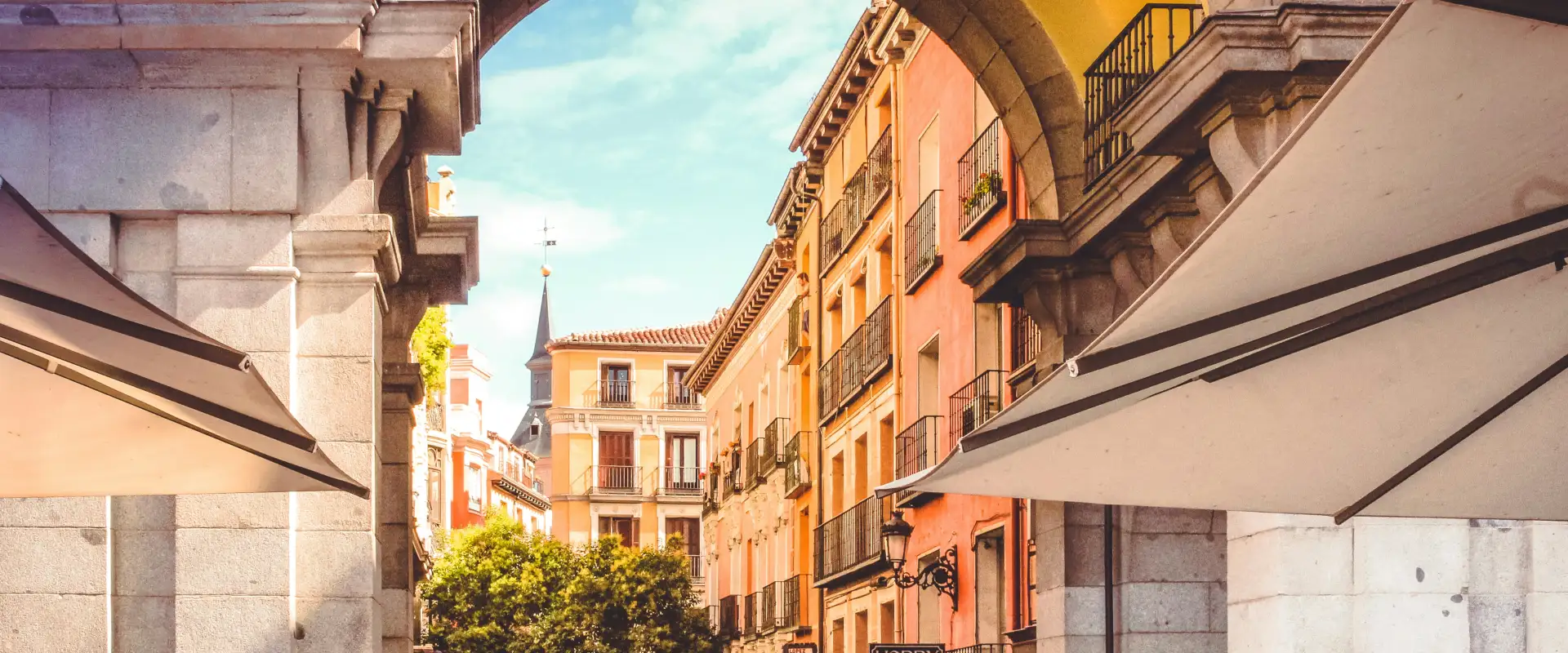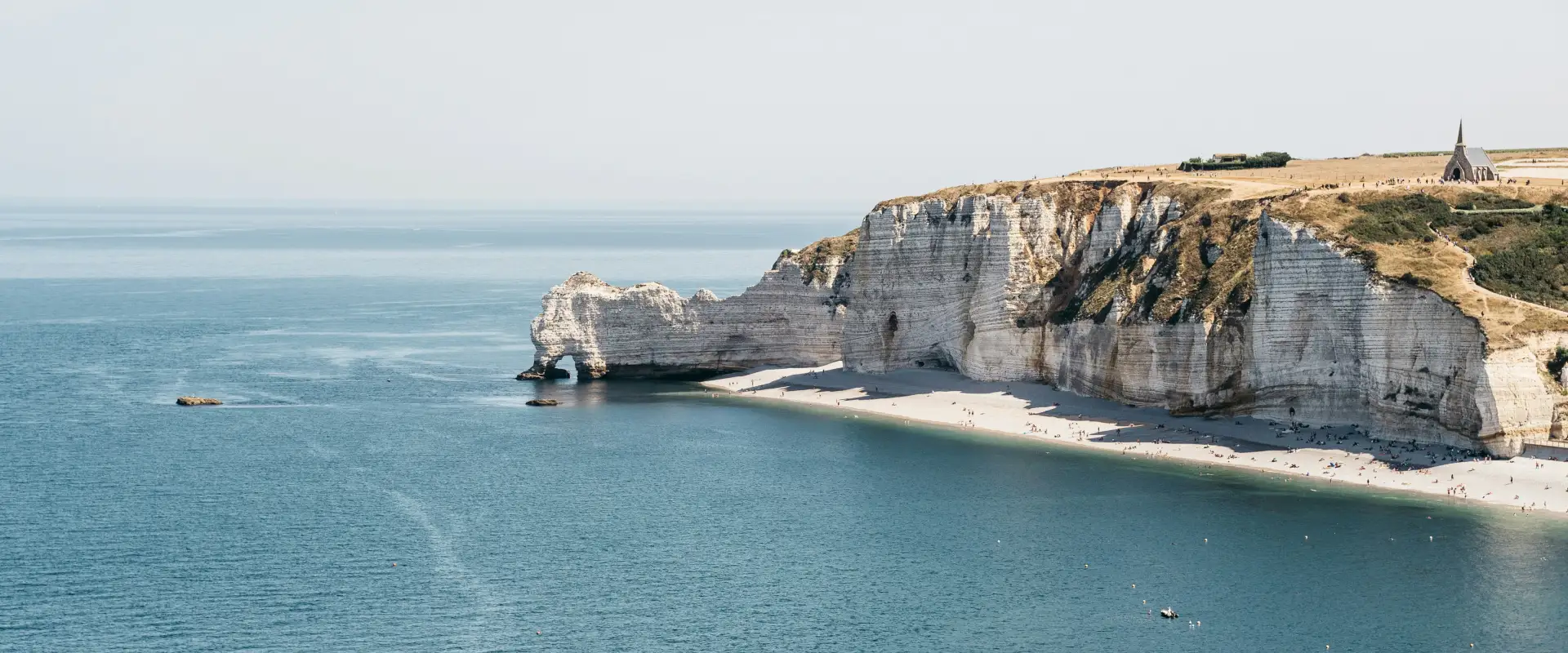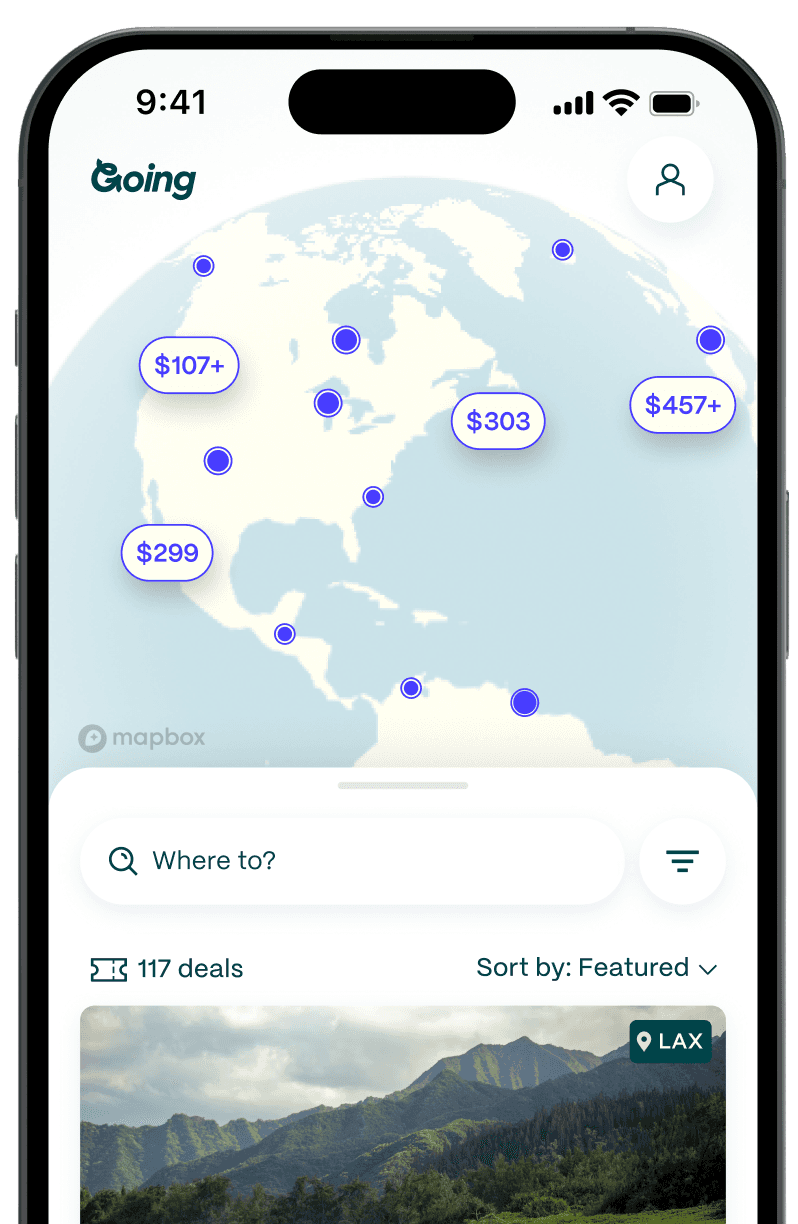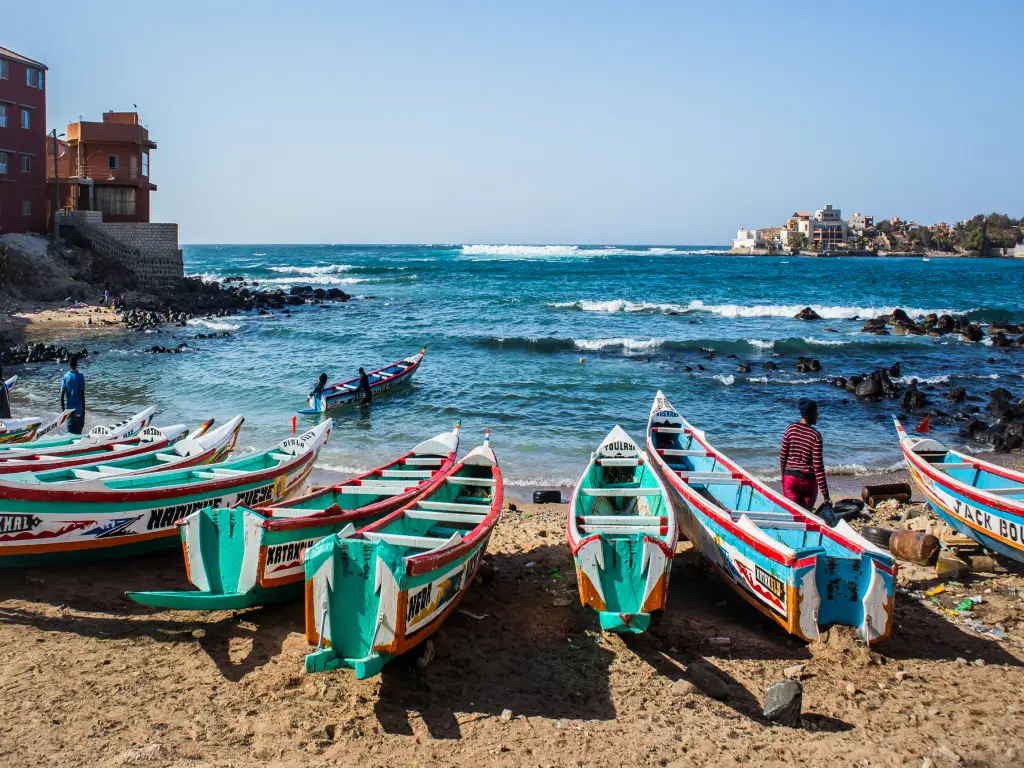
Dakar: The Capital City That's the Westernmost Point in Africa
Table of Contents
Located on the westernmost point on the African mainland, the city of Dakar is home to a quarter of Senegal’s population of 17 million people. Known for its heartfelt hospitality, trendsetting art and fashion, and a seven-century-old rice dish that still elicits debate today, the Senegalese capital continues to spark excitement from visitors from around the world.
Senegal has established itself as a pioneer long before its independence. Scholars, including the first President Léopold Sédar Senghor, played a massive part in the Négritude anti-colonial movement beginning in the 1930s to reject French colonial rule. Today, Dakar remains a hub of creative discussion and celebration of Black art and culture.

Land of Teranga
Senegal is known as the “Land of Teranga.” The phrase encapsulates the heart of the people’s welcoming spirit. Loosely translating to ‘hospitality,’ teranga is a way of life, and you’ll quickly notice how much it is ingrained into Senegalese culture. It’s not uncommon to be invited to a family home to eat, given a glass of attaya (green tea with mint) from a group of friendly strangers, or receive help from effusive locals.
One of the most endearing aspects of Senegalese teranga is the genuine sincerity with which it's done. You’ll feel comfortable in the capital from day one, and by the time you leave, you should have loads of new friends and connections.
A surfer’s paradise

Dakar is brilliantly placed along the coastline, with more than half a dozen beaches in the city and its surroundings. Each beach has a different vibe. Many of the popular Les Almadies beaches in the westernmost point of the city are connected to a string of bars filled with tourists and expats. Ten minutes from Les Almadies, the small, part-rocky, part-sandy Plage des Mamelles requires a short walk down but rewards you with the most epic sunset and twilight hour as the sky ignites with orange and red hues. Then there is the local-favorite BCEAO in Yoff, slightly further east of the city, or the chill nature of Dakar’s islands (more on those below).
Along with Senegalese beaches comes an incredible surfing scene. Locals and visitors all hit the consistent waves daily here, and surfers are welcoming and eager to share their love of the sport. Surf schools and rental shops are abundant, and people of all ages and backgrounds can get out on the water.
Copacabana Surf Village in Virage, a vibrant tight-knit hub for eco-surfers, is a great place to get started. The waves are calmer, and they organize beach cleaning sessions to help the waters they surf in. If you aren’t ready to brave the waters, chill at the village’s restaurant instead. Most of Dakar’s beaches are within a reasonable taxi ride of each other, so they are all within reach.
A creative capital
You could get dizzy trying to count the many incredible photographers, videographers, artisans, models, and fashion designers in Dakar. Art and fashion have always been the fabric of the Senegalese nation (no pun intended), and creatives have done a lot of groundwork to place the country on the map over the last two decades.
Dakar Fashion Week celebrated its 20th anniversary in 2022. Portraitist Kehinde Wiley’s Black Rock artist residency brings local and international artists to Dakar. And Dak’Art, Africa’s largest biennial art exhibition, has been taking place since 1990. The community's energy recently caught the eye of Chanel and made fashion history. In December 2022, Dakar was chosen for the brand’s first fashion show on the African continent.
Jollof’s true pioneer
If you love seafood, Senegal will never disappoint. Fish is a staple due to the country’s access to the sea, and prawns and squid are found on many menus. Chicken and mutton are popular too, but not pork, due to Senegal’s majority-Muslim population. As in most African countries, you can also get these meats grilled (known as dibi in Senegal) and served with onions and sauces.
Thiéboudienne is the national dish typically consisting of rice, fish, and vegetables like carrots, white cabbage, and cassava. The jollof rice in the dish (a deep-red dish made with tomatoes) has been the subject of a friendly debate for centuries over where it originates, and although Nigeria and Ghana are best known for it, in 2023, UNESCO officially recognized the Senegalese people are the true pioneers of jollof.
If you prefer chicken or mutton, ask for thiébou guinar or thiébou yapp at restaurants. While you can order your plate from any Senegalese eatery, it’s best enjoyed in a group setting on a large plate.
The pink lake that keeps you guessing

The brilliantly pink water of Lake Retba, also known as Lac Rose, is often seen on Instagram, but the lake isn't always as pink as the heavily edited images seen on screens. The lake is ten times saltier than the average ocean (it’s even saltier than the Dead Sea) and attracts the Dunaliella salina acteria, which causes the pink color. The lake's color depends on the season and possibly the time of day. You’ll likely be met with a brownish lake, but you increase your chances if you visit between November and June and around the middle of the day.
Don’t let that discourage you from visiting, though. Even when the lake is a less-than-rosy shade of brown, you’ll still be treated to views of pure white salt formations along the shore. Take a canoe ride out on the water, or rent a quad bike and ride around the endless sand dunes nearby.
The largest mosque in West Africa
Senegal has a rich Islamic history that dates back over 1,000 years, and Islam is a massive part of the country's cultural and religious identity. The Mouride Brotherhood, one of the most powerful branches of Islam in Senegal, built the Massalikoul Djinane mosque in Dakar in 2019, making it the largest mosque in West Africa.
The mosque spans an impressive 107,639 square feet and is a must-visit if you are interested in Islamic architecture. The outside has five minarets standing 260 feet tall, while the interior is adorned with Carrara marble, golden columns, and a giant chandelier with 2,000 lights.
While more than 95% of Senegal’s population is Muslim, there is a long tradition of religious tolerance. It's common to celebrate both national Muslim holidays like Eid al-Adha (or Tabaski in Wolof, the Festival of the Sacrifice) and Christian holidays like Christmas, and you’ll still be able to enjoy the city’s cafes and restaurants that stay open during Ramadan. However, dressing on the conservative side helps when you are away from the touristy beach areas. Although you can get by in French, say Islamic greetings like “as-Salaam-Alaikum” when greeting people or respond with “wa-Alaikum-Salaam.”
Exploring Senegal's past

Two museums in Dakar showcase Senegal’s history and people: Maison des Esclaves (House of Slaves) and the Museum of Black Civilisations. A short boat ride from Dakar’s mainland on Île de Gorée, Maison des Esclaves is an essential site of African and African American history.
Operated at different times by Portuguese, Dutch, English, and French colonial powers from the 15th to 19th centuries, it was the largest slave-trading center on the African coast.
Today it’s a memorial and museum where visitors learn about the tragic experiences of millions forced across the Atlantic Ocean through the Door of No Return. Make sure to get a tour guide at this UNESCO World Heritage site to fully appreciate the history of the place.
The Museum of Black Civilisations opened in 2018 as the vision of President Senghor and celebrates Black cultural contributions worldwide. You’ll learn about African history from early civilization up to the present, with exhibitions on African leadership throughout the centuries and contemporary and ancient African art.
Island escapes

In addition to Île de Gorée, Dakar has other nearby islands: Île de Ngor and Îles de Madeleine. Beyond the tragic past of Maison des Esclaves, Gorée is a picturesque island and a popular destination for many Senegalese people (it’s also one of the best places for photos). Support Senegalese artists by taking a painting workshop or buying some pieces—roam around the island, and you’ll come across a number of artisans.
Ngor will give you a relaxing beach day with fresh seafood, while Madeleine is small and uninhabited, with few tourists and no development. Once you arrive, you can opt to tour the rocky and lush islands with a guide for the ultimate panoramic view of the massive rock formations meeting the ocean, have a picnic, or take a dip in the green-hued waters—if you’re lucky, you might be the only tourist there.
Good to know
Is Dakar expensive?
Depending on travel choices, Dakar can be a cheap or expensive place to visit. A three-star hotel will run around $82 per night, while you can snag a hostel for about $20. For a sit-down dinner in a mid-range restaurant, you can expect to pay about $30 for an entree. For cheaper meals like street food, you can fill up for under $6. The priciest activities will be upwards of $50 but if you skip those, you can generally have a great time for under $65 a day.
Best time to visit Dakar
The months of Nov-May have the best weather (warm but not excessively hot) but also see the most tourists. Visit from December to January for pleasant weather with cooler nights.
What languages are spoken in Dakar?
French, Wolof, and Pulaar are all spoken in Dakar. In the main cities, many young people and hospitality staff speak English, but navigating daily life in the country without some French phrases will be challenging. Many people in Dakar, especially older generations, do not speak English.
Dakar with kids
Dakar has long been a family destination for French tourists. Visit one of the capital’s beaches, take in the grand African Renaissance Monument, or take a canoe ride at Lac Rose.
Dakar public transportation
Dakar has limited transit options. There are public buses, but it may be challenging to reach your destination without understanding Wolof. Taking taxis around the capital is recommended to make the most of a trip.
Is Dakar safe?
Senegal ranks 70th out of 163 countries in the Global Peace Index and Dakar is generally a safe place to navigate. Carry out the same precautions you would anywhere else. Senegal ranks #176 in the LGBTQ+ Equality Index with a score of just 14 out of 100 for LGBTQ+ equality. Senegal has strict laws and is a very religious country, so homosexuality has never been widely accepted socially.
Getting to Dakar
- Main airport: DSS
- Average Going price for cheap flights to Dakar: $607 roundtrip
More destinations in Africa:
Last updated August 30, 2024
